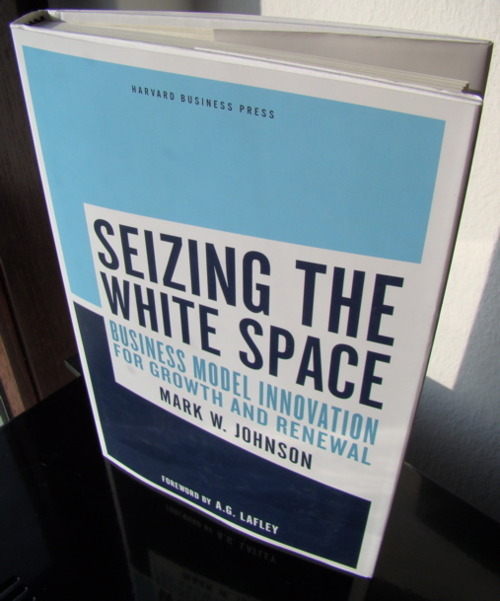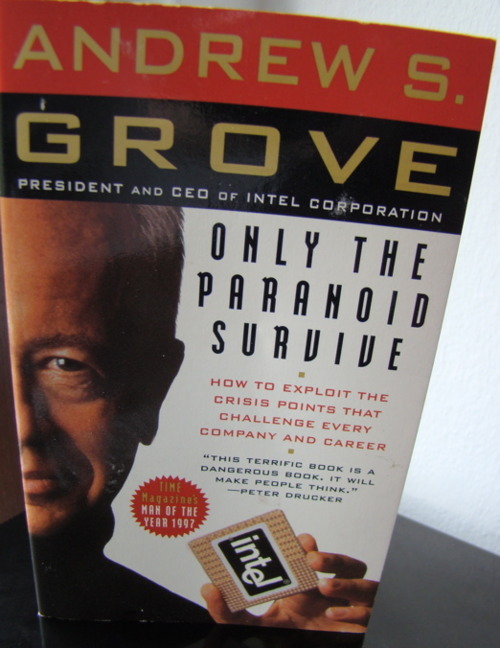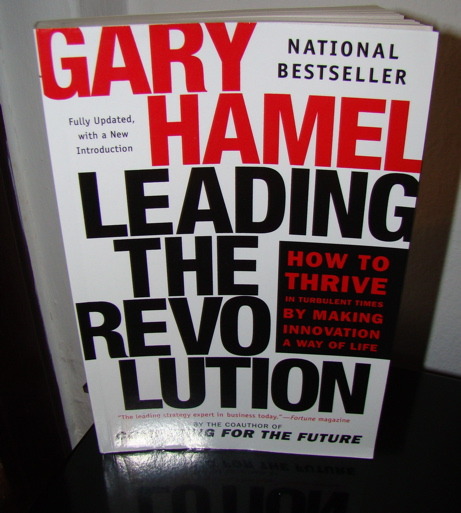What is it about?
Mike Butcher, TechCrunch Europe Editor, writes about lame startup thinking (in Europe). In my experience there is so much truth in this article, it’s a must read.
What can I learn?
Learn about money: Firstly, do you really need outside money? If you don’t want to put most of your money into the idea don’t bother asking other people. If you will need money you should know how much. Furthermore, if you look for angels, look for angels who can help you build your network. Before pitching these investors ideally you should have build some mock-ups or better a product or ideally a product with customers and revenue.
Your company is your product: Don’t outsource your core competency. Do not do it. If you aren’t a product person look for a person how is and make them CEO or learn the stuff for yourself. You should iterate your product and test it often. What do your customer think? How is the user experience?
Startups Lessons Not Learned or Lame Startup Thinking | 24 Ways To Start



